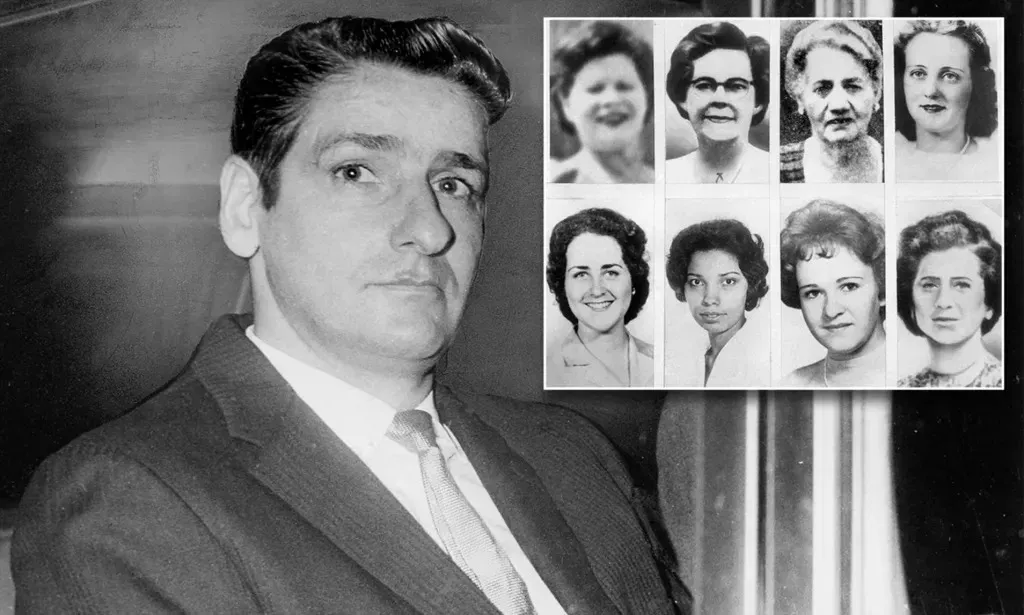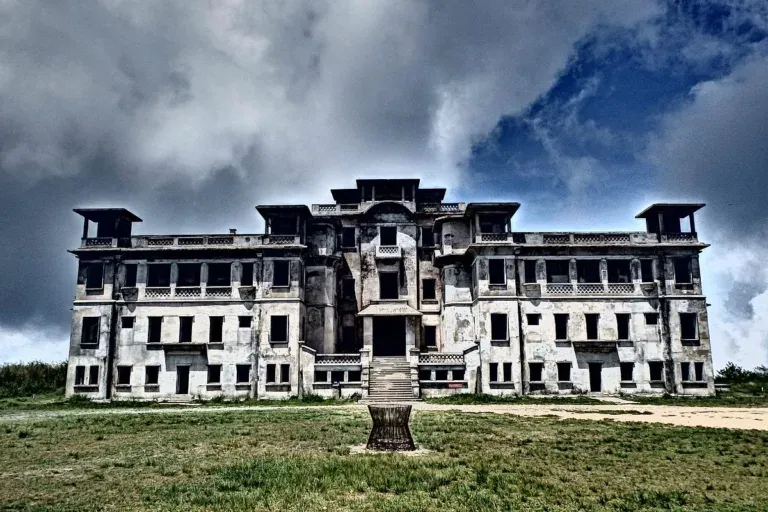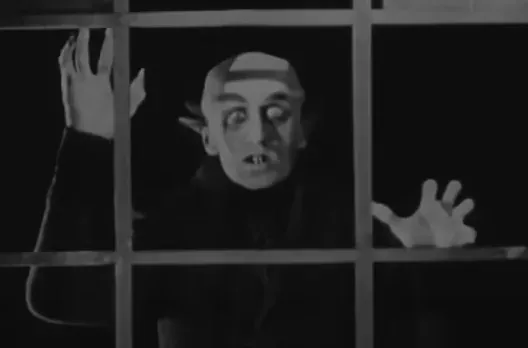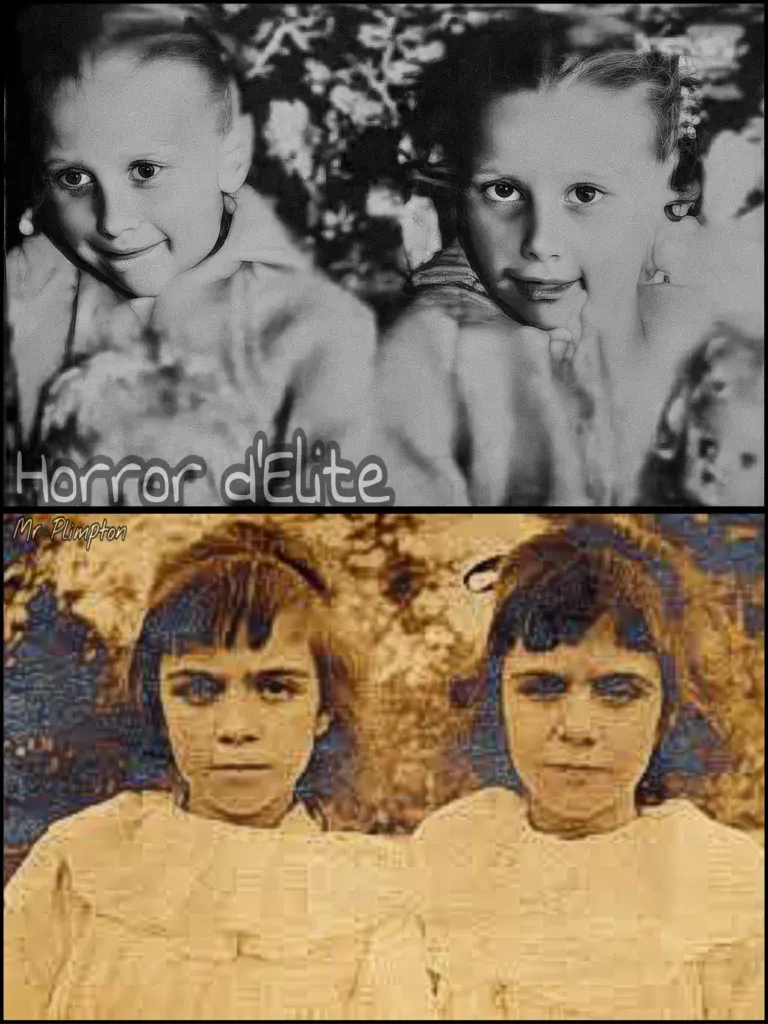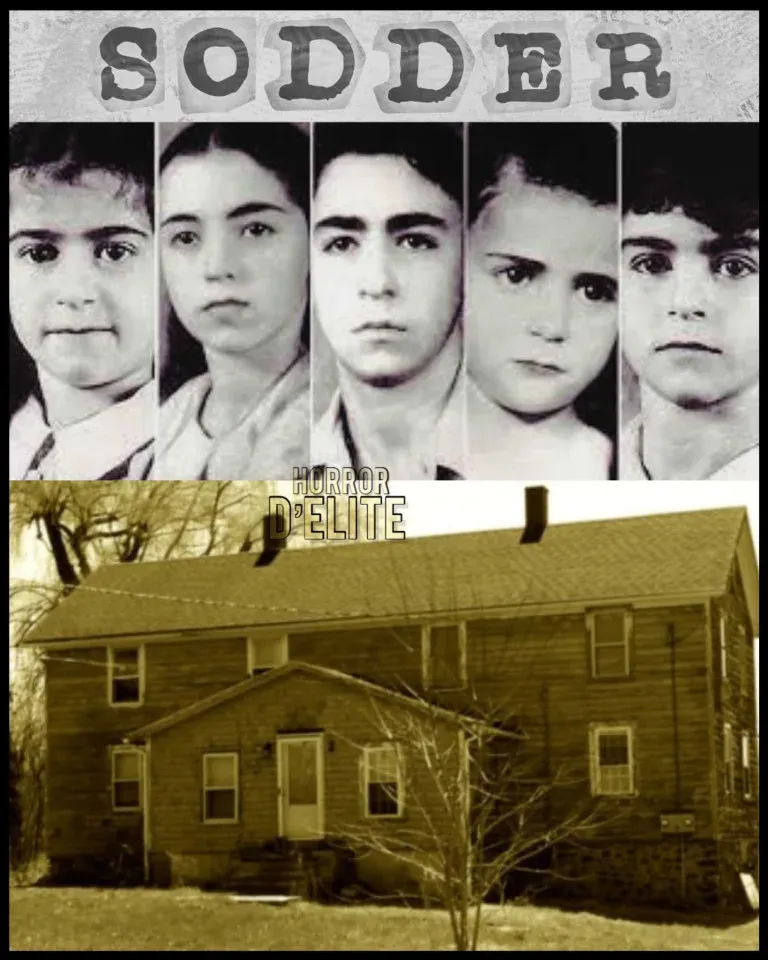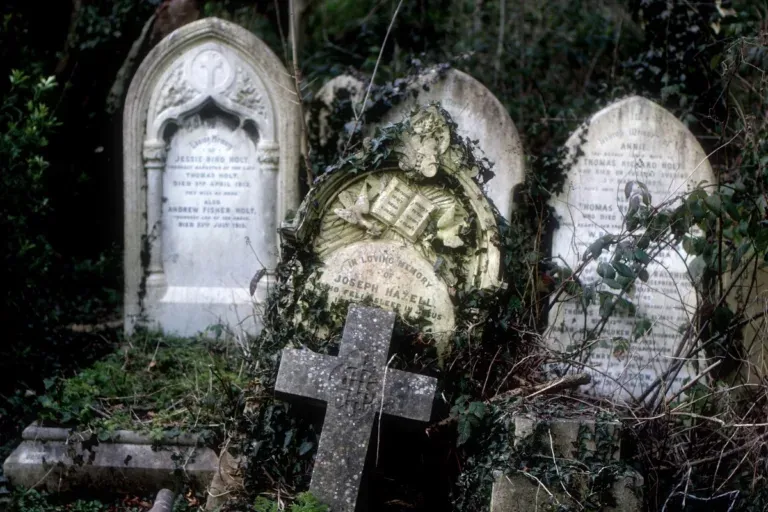The True Story of the Boston Strangler
The True Story of the Boston Strangler
Introduction:
The Boston Strangler is the name given to the serial killer responsible for the murder of 13 women in the Boston area between 1962 and 1964. The case captured the nation’s attention due to the brutality of the crimes and the ensuing media frenzy. Although Albert DeSalvo confessed to the murders, there has been much debate about whether he was actually the Boston Strangler or one of several killers involved.
The Murders:
The victims of the Boston Strangler were women between the ages of 19 and 85, most of whom were sexually assaulted and strangled with their own clothing. The murders took place in various neighborhoods across the city, fueling widespread fear and paranoia among residents. The lack of forced entry in most cases led investigators to believe that the killer was someone capable of gaining the victims’ trust, allowing him access to their homes.
The Investigation:
The investigation into the Boston Strangler murders was marked by frustrations and dead ends. Initially, local law enforcement agencies did not share information or collaborate, which hindered progress. In response, Massachusetts Attorney General Edward Brooke created a task force, bringing together officers from different jurisdictions to work on the case. Despite their efforts, the investigation struggled to identify a suspect.
Albert DeSalvo’s Confession:
In 1964, Albert DeSalvo was arrested for unrelated sexual assaults and became a person of interest in the Boston Strangler case. While in custody, DeSalvo confessed to being the Boston Strangler and provided detailed accounts of the murders. However, there was no physical evidence linking him to the crimes, and some investigators doubted the truthfulness of his confession. Due to the lack of evidence, DeSalvo was never tried for the murders; instead, he was convicted of the unrelated sexual assaults and sentenced to life in prison.
Controversies and Doubts:
Over the years, doubts have persisted about whether DeSalvo was the real Boston Strangler. Some experts believe he may have been responsible for some of the murders, while others were committed by different killers. This theory is supported by variations in the modus operandi and the fact that some of the victims were not sexually assaulted. Additionally, some have questioned the reliability of DeSalvo’s confession, suggesting he may have sought fame or attention.
The DNA Evidence:
In 2013, investigators announced that new DNA evidence linked DeSalvo to the murder of Mary Sullivan, one of the Boston Strangler’s victims. This marked the first time that physical evidence connected DeSalvo to one of the murders, lending credibility to his confession. Although this discovery does not definitively prove that DeSalvo was the sole Boston Strangler, it provided some closure for the victims’ families.
Conclusion:
The true story of the Boston Strangler remains a chilling tale of terror that gripped a city for years. Despite Albert DeSalvo’s confession and recent DNA evidence, questions still linger about whether he was the only killer responsible for the murders. The case serves as a haunting reminder of the unresolved mysteries that can surround even the most infamous serial killers.
Subscribe to our YouTube channel

